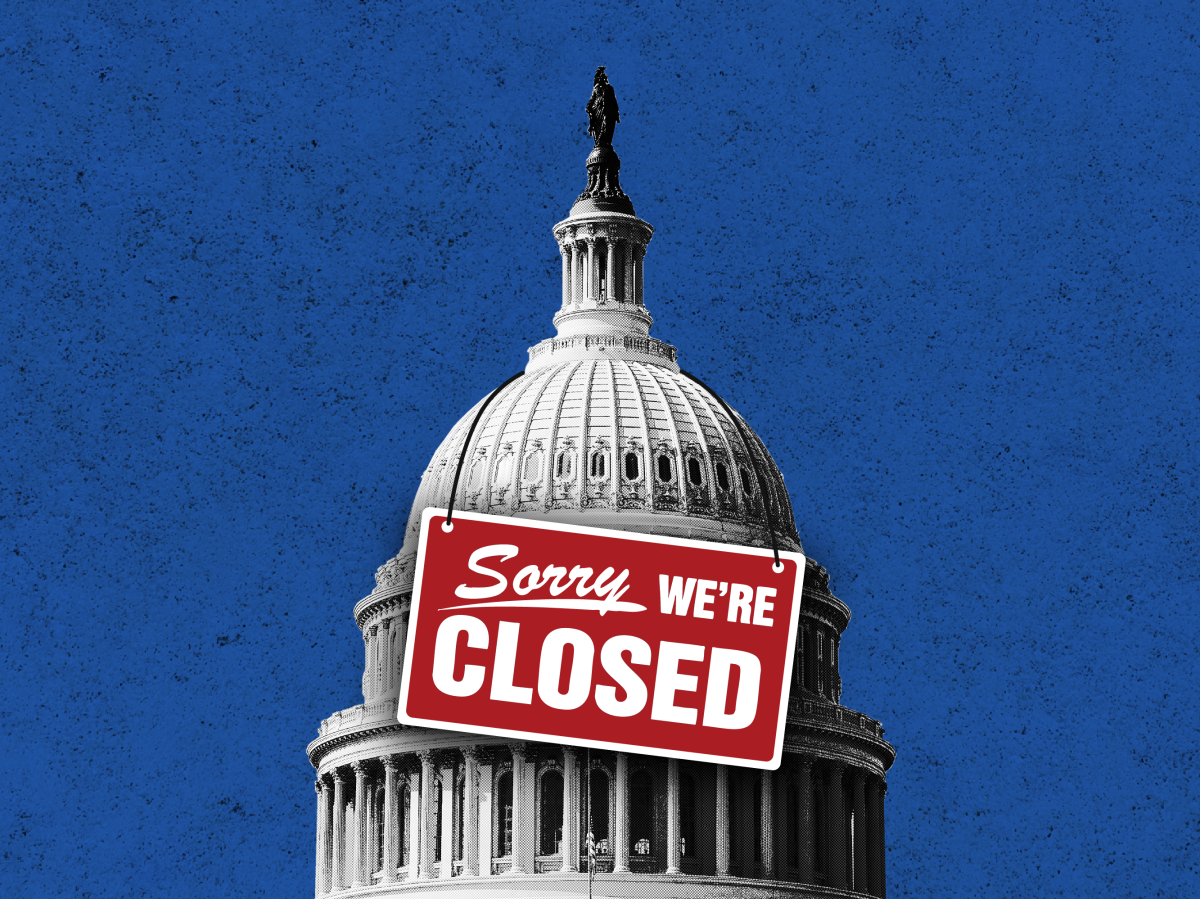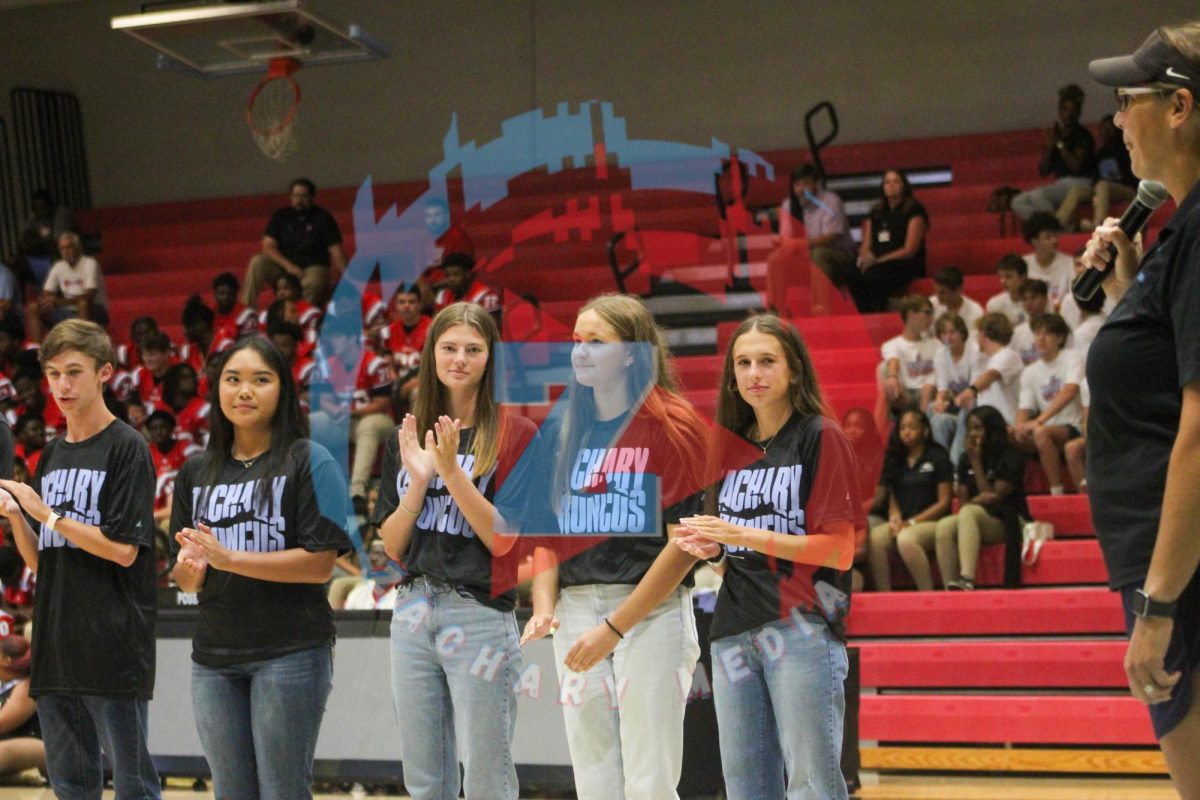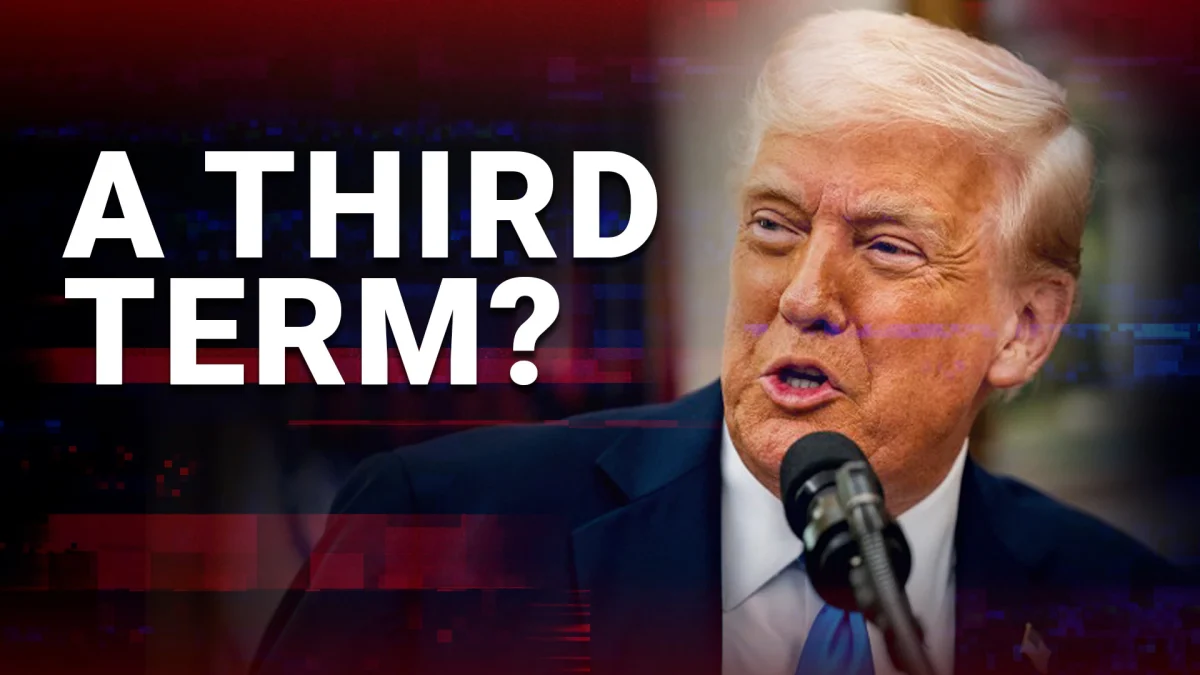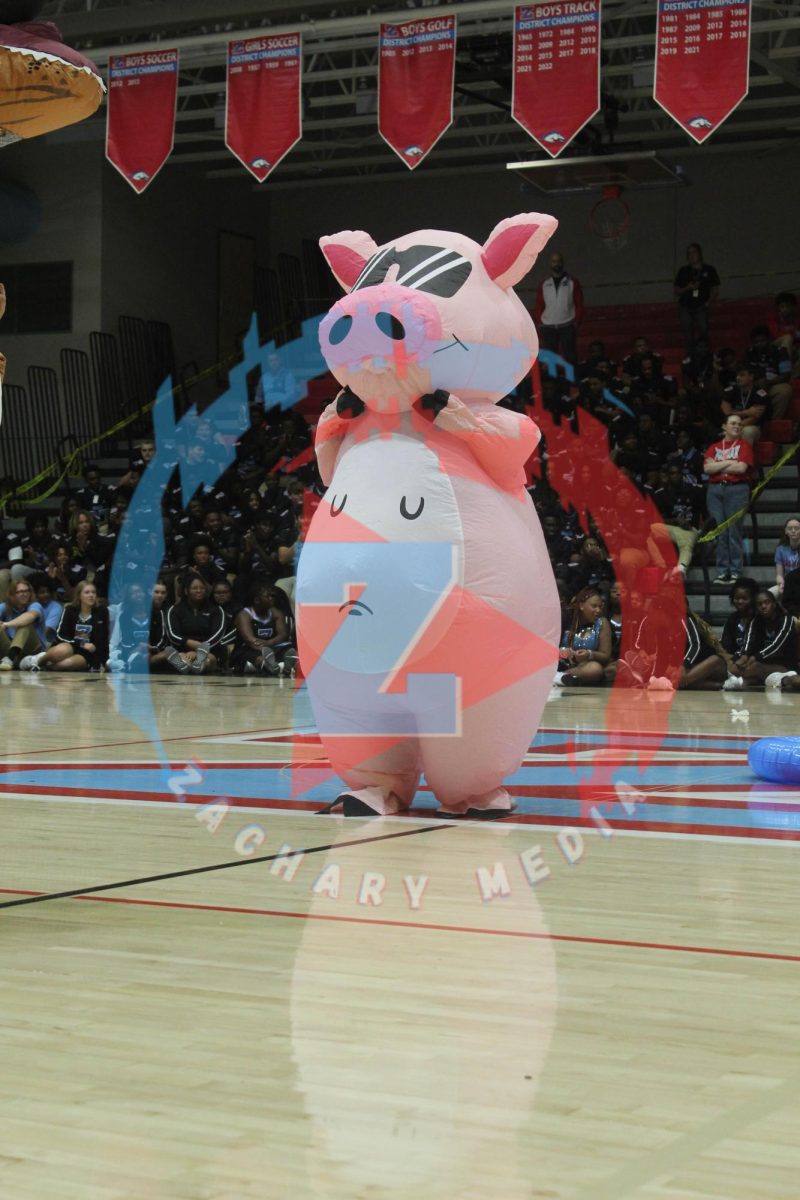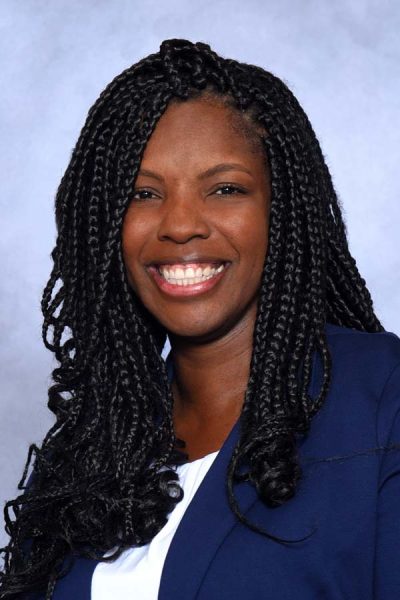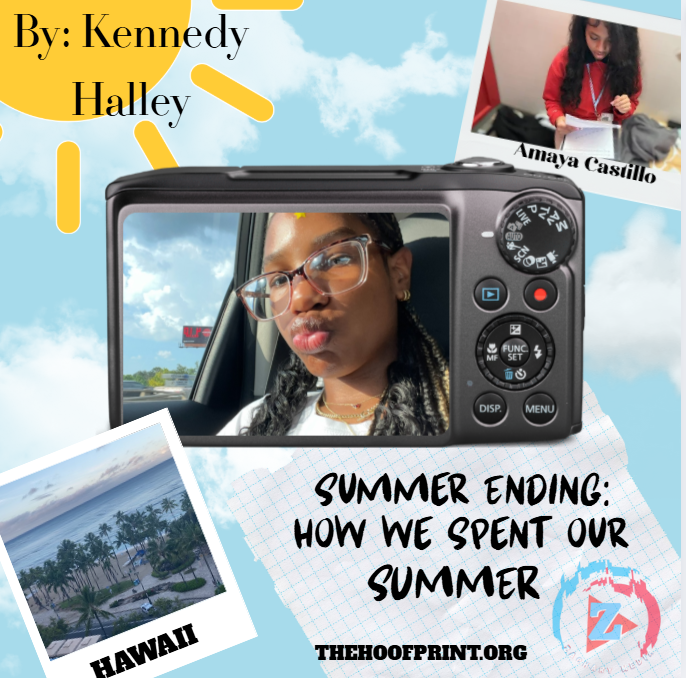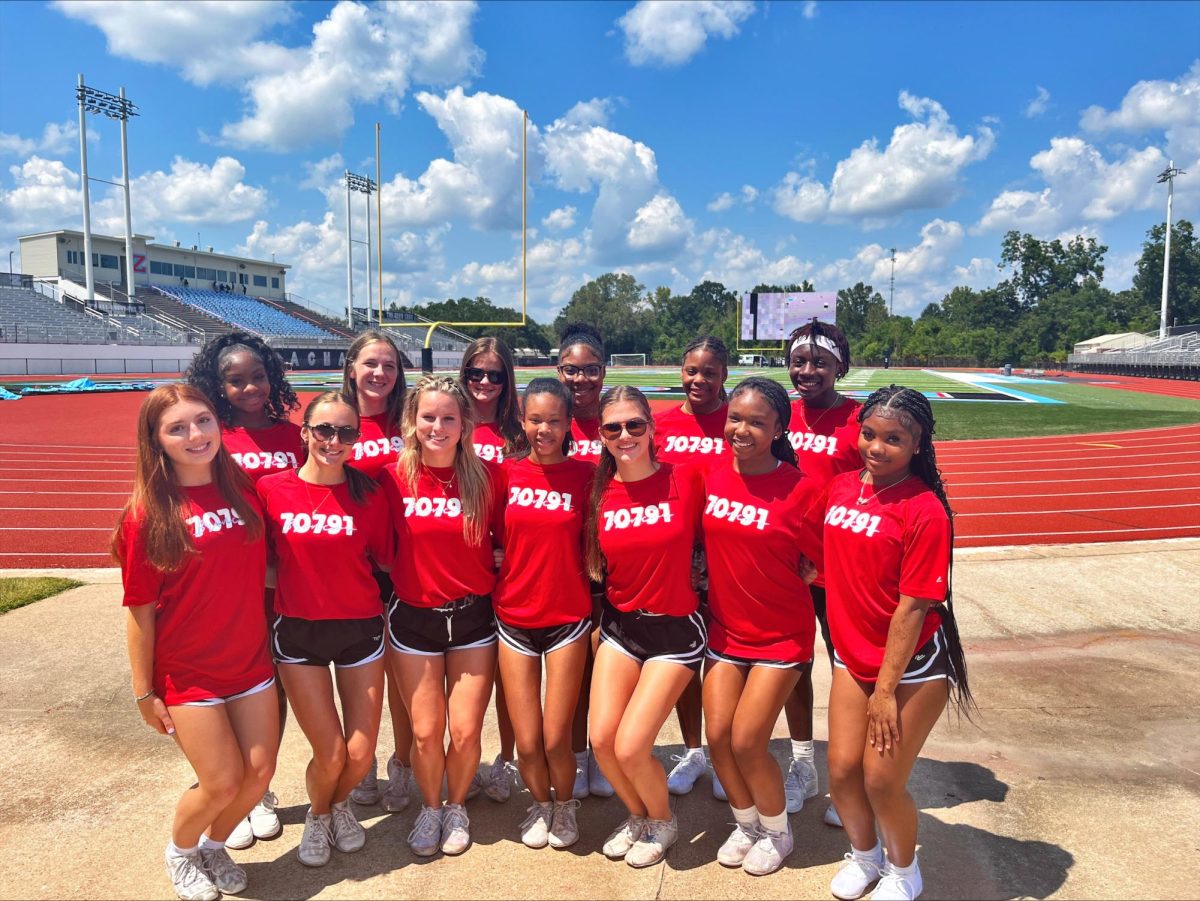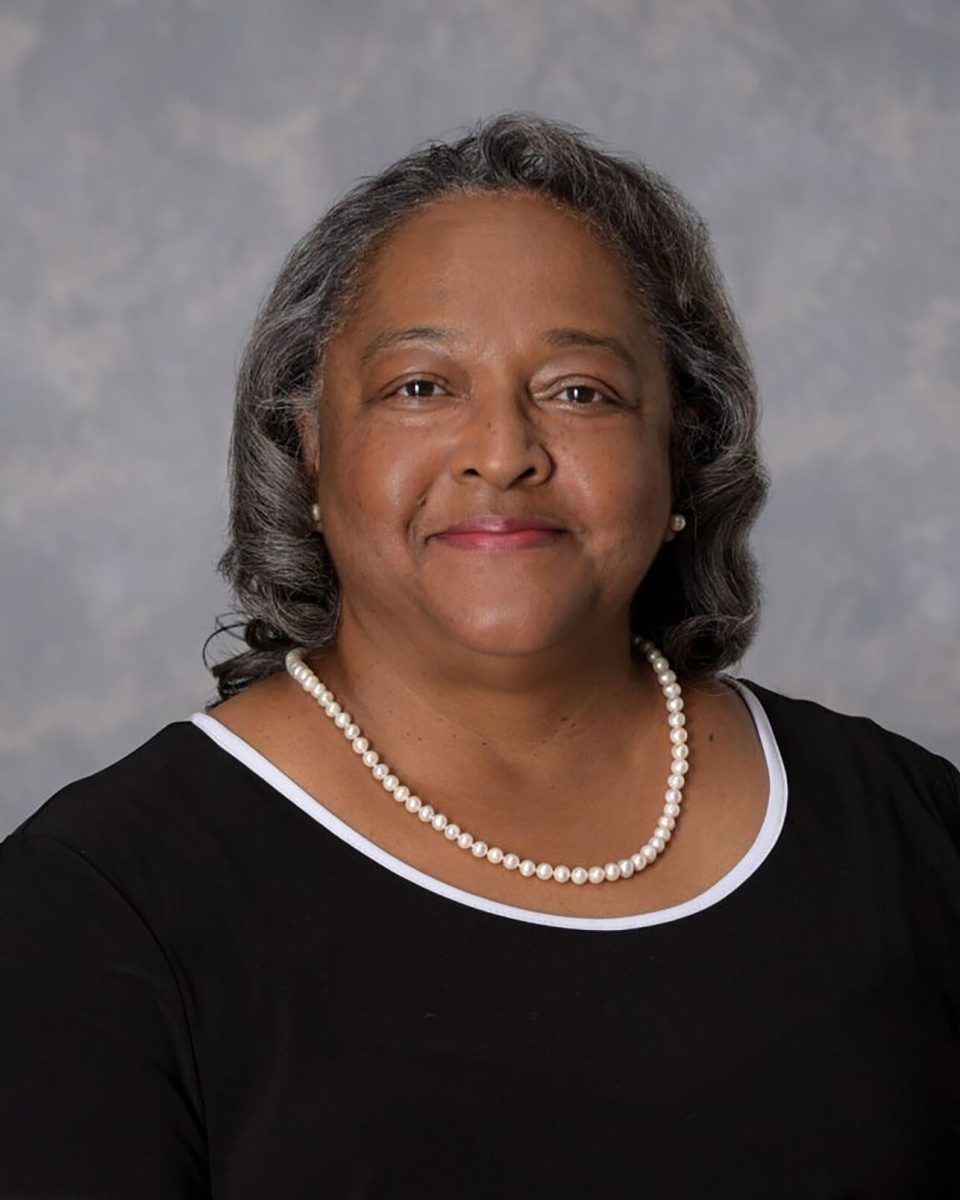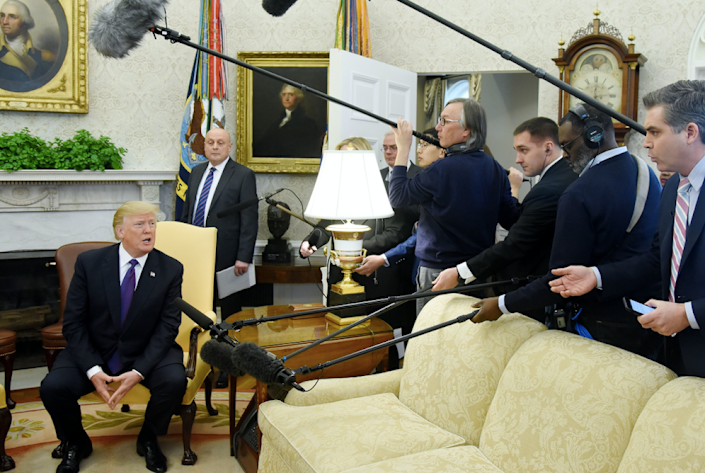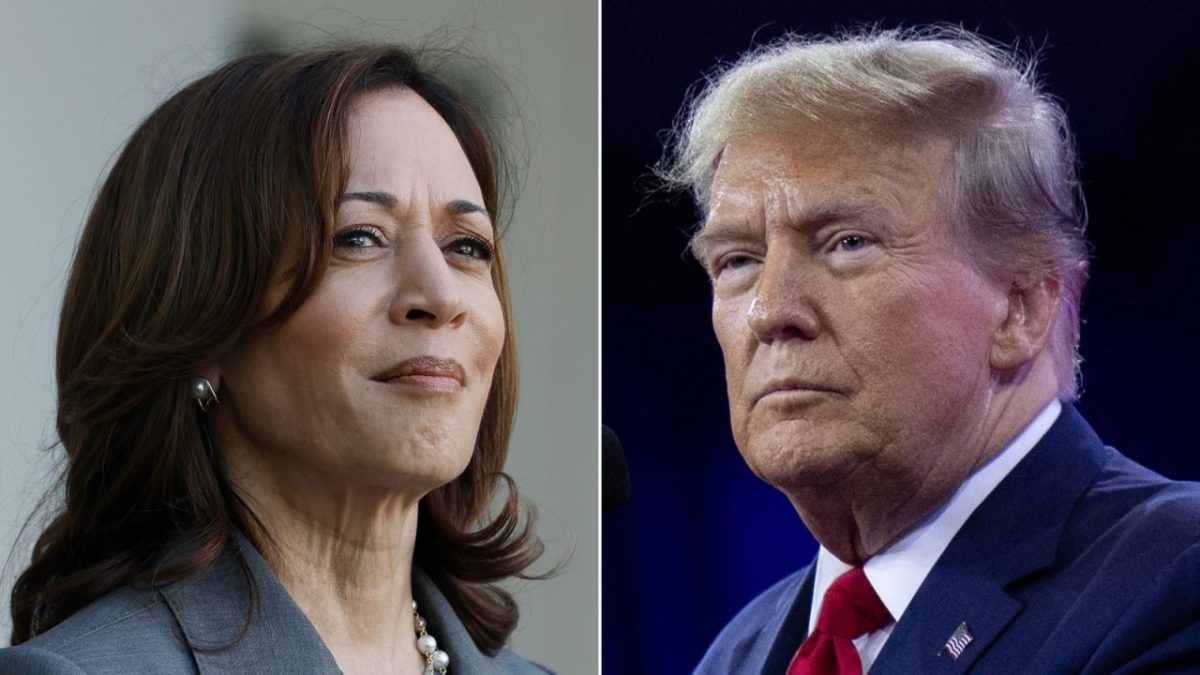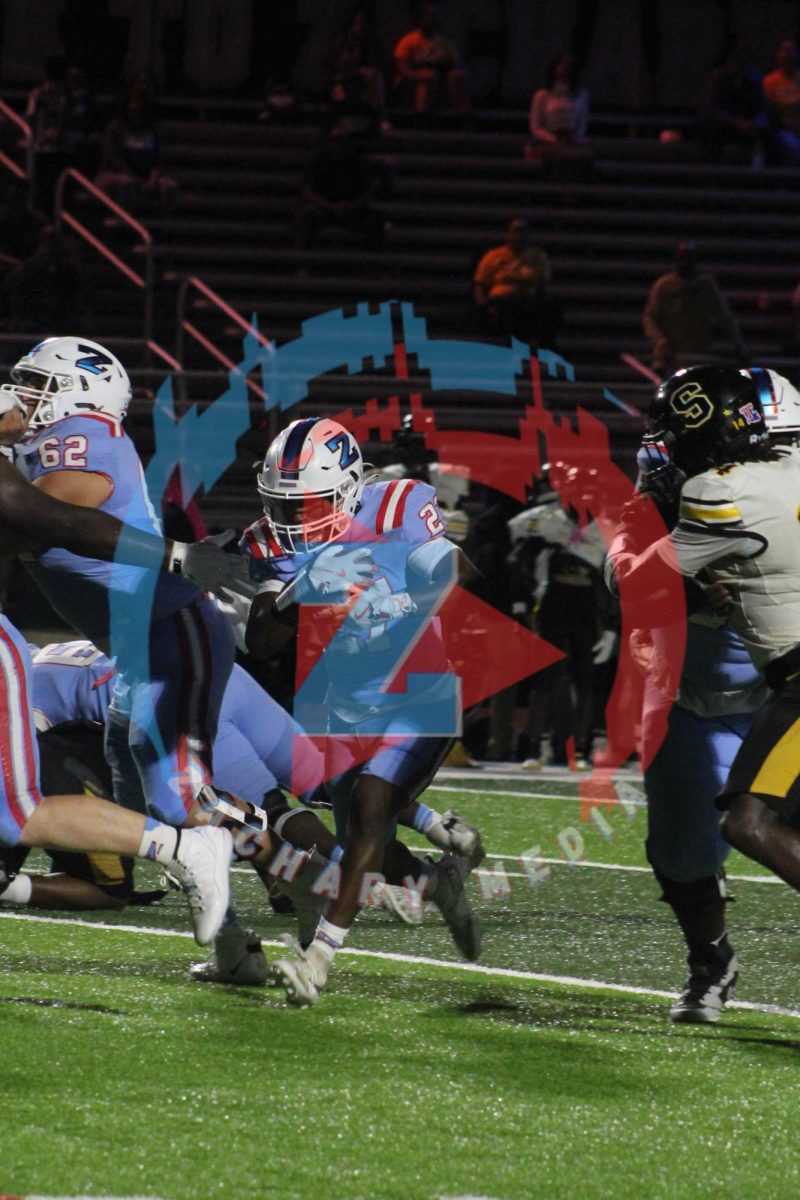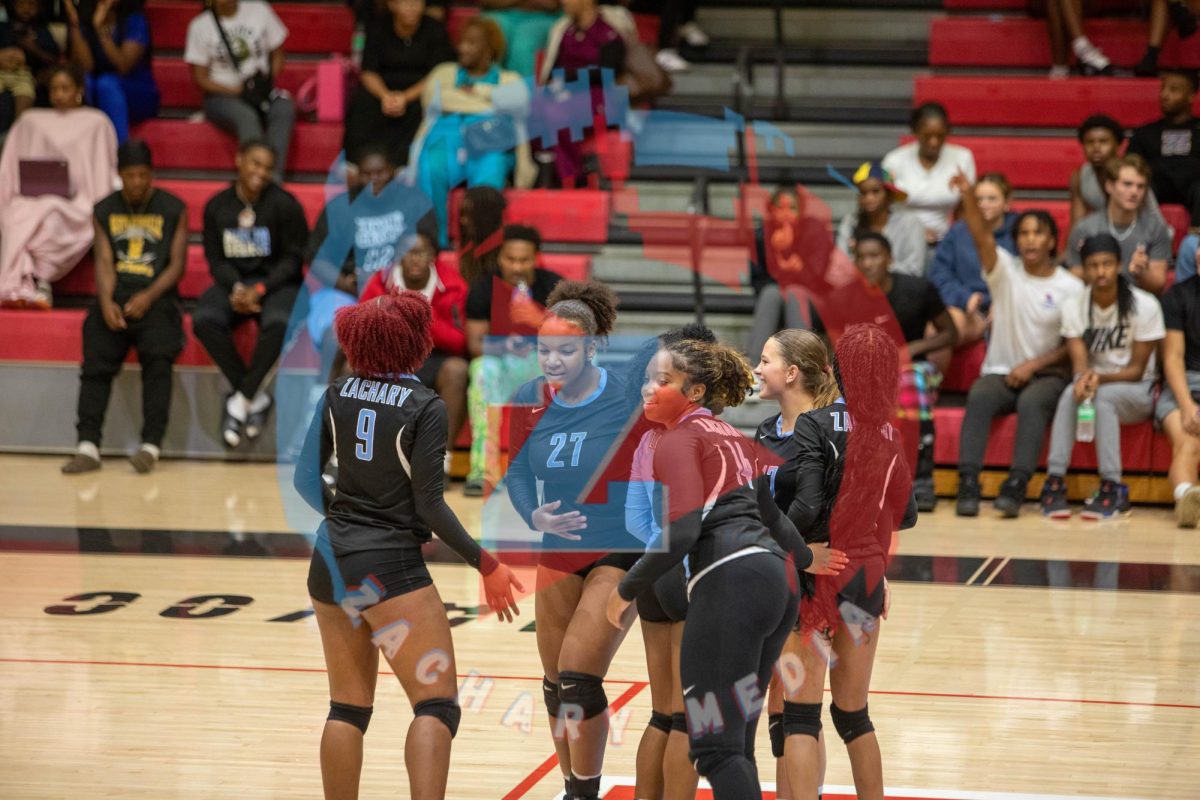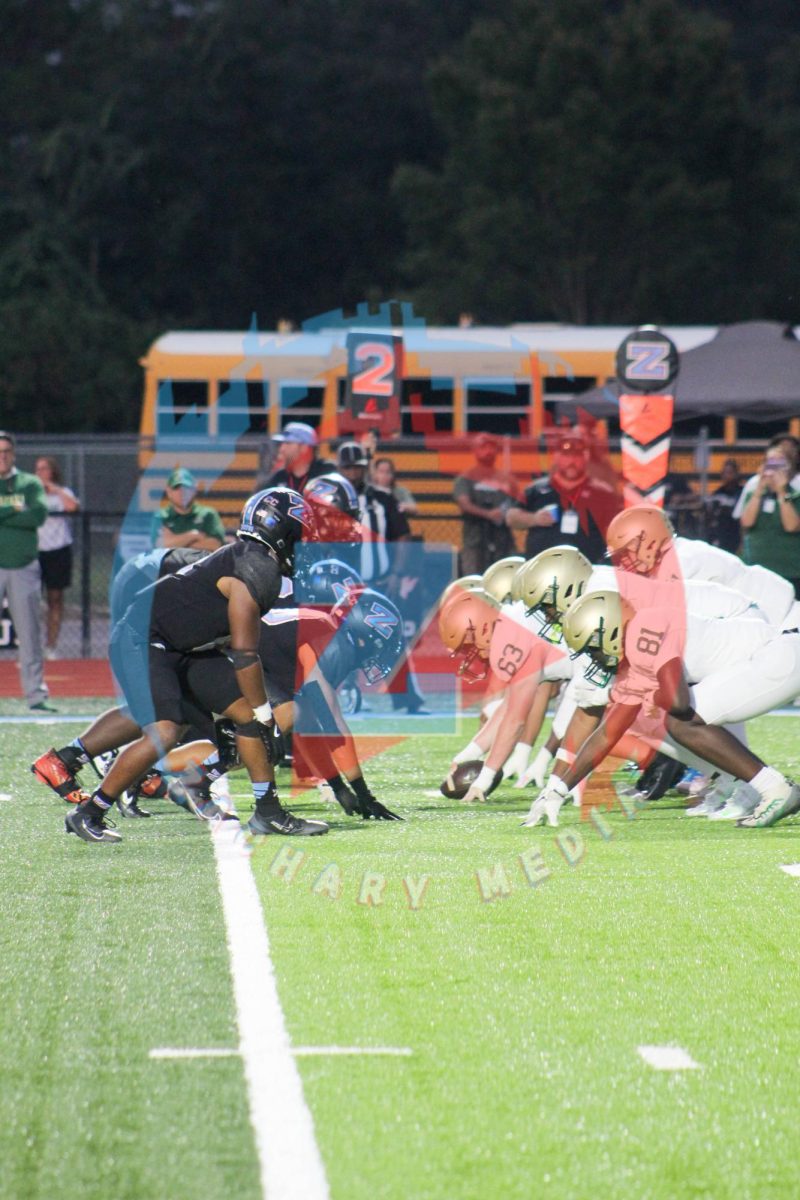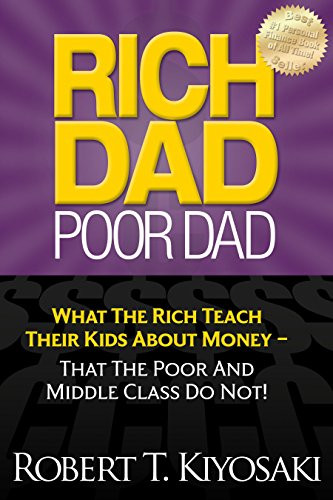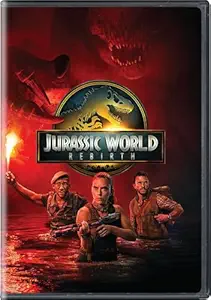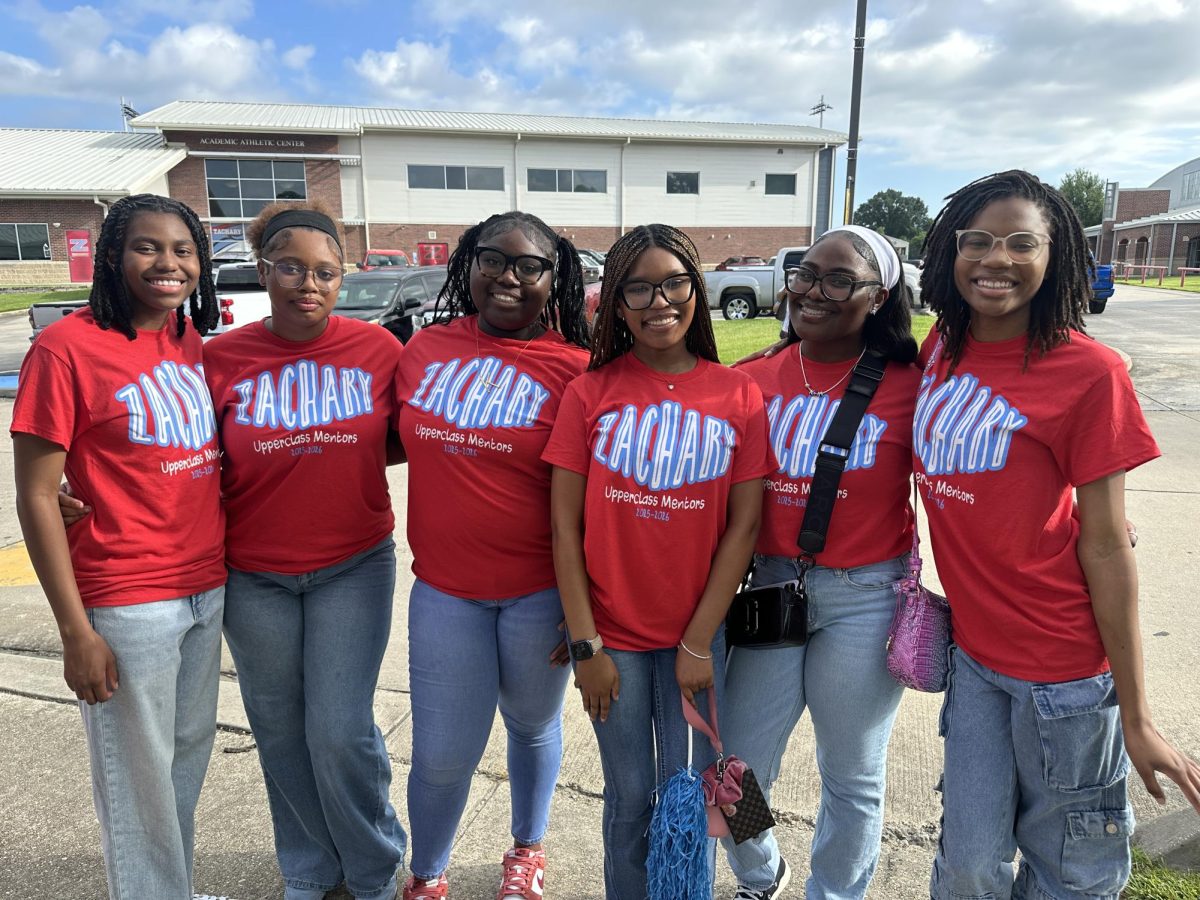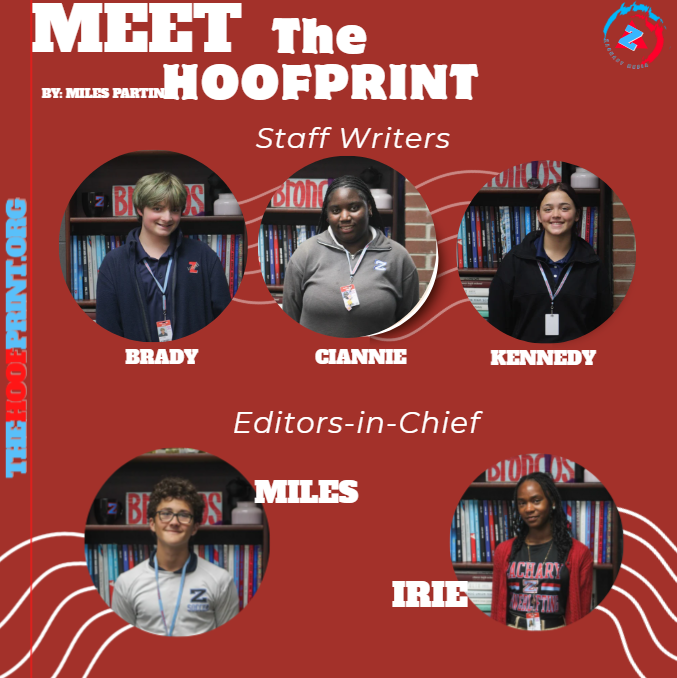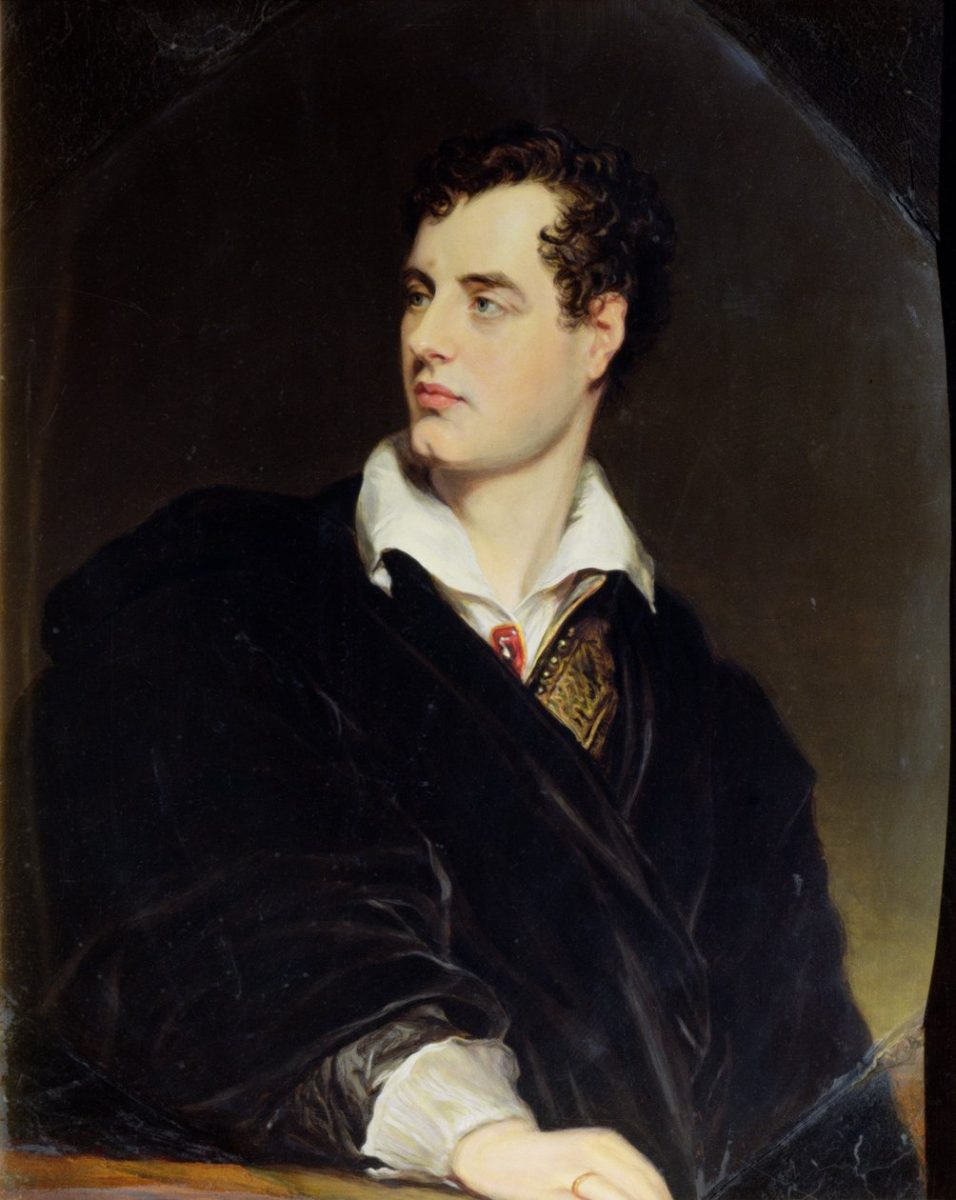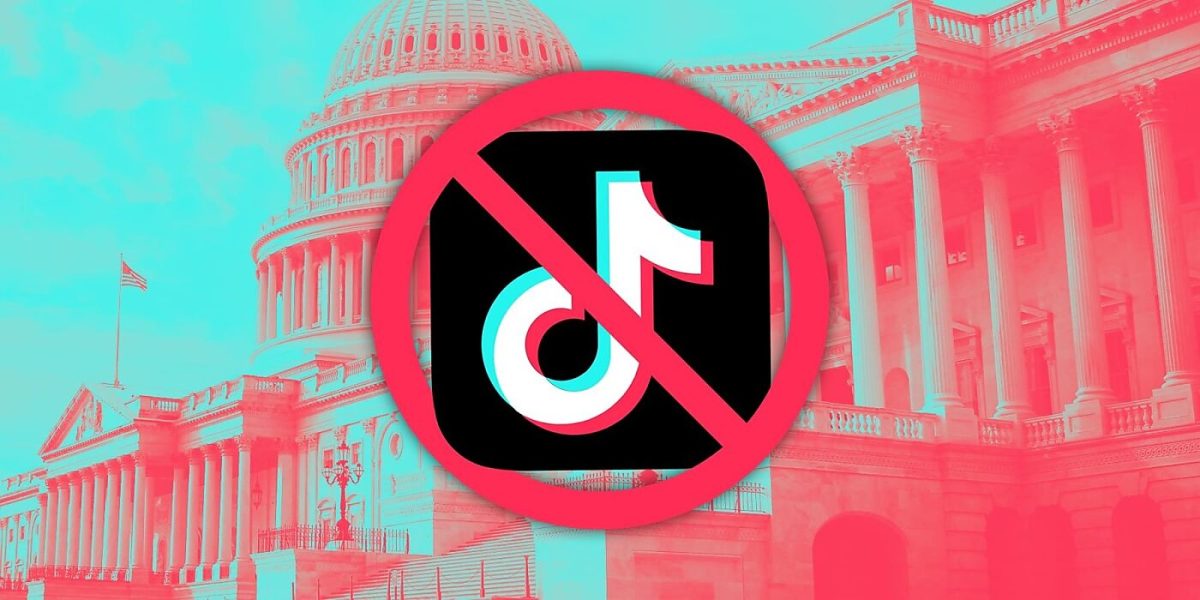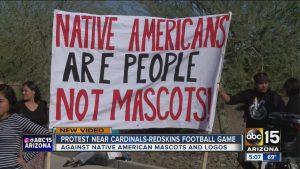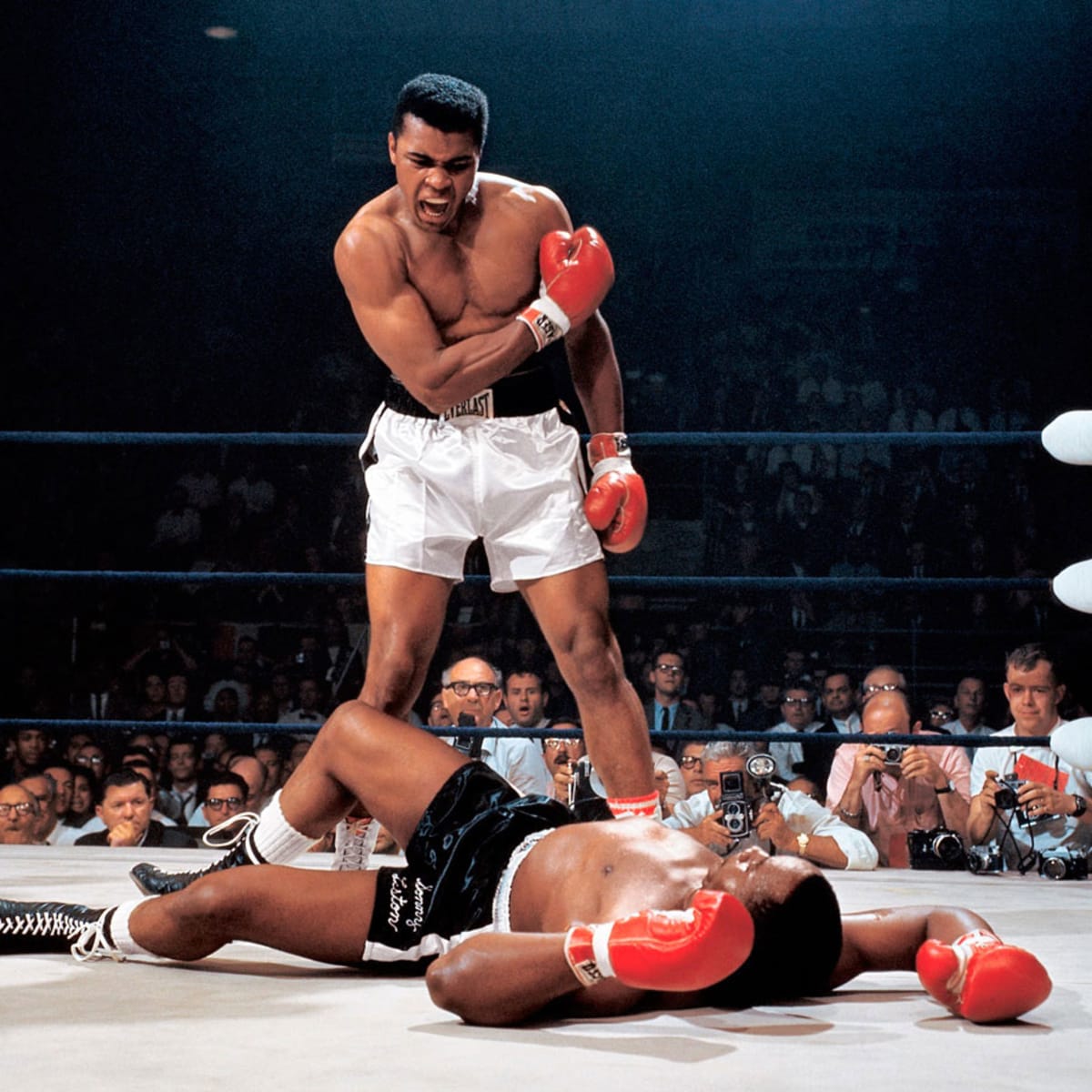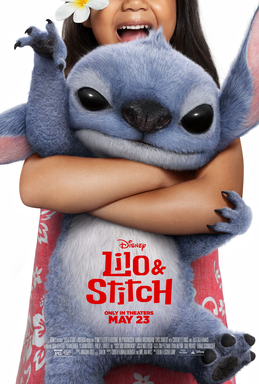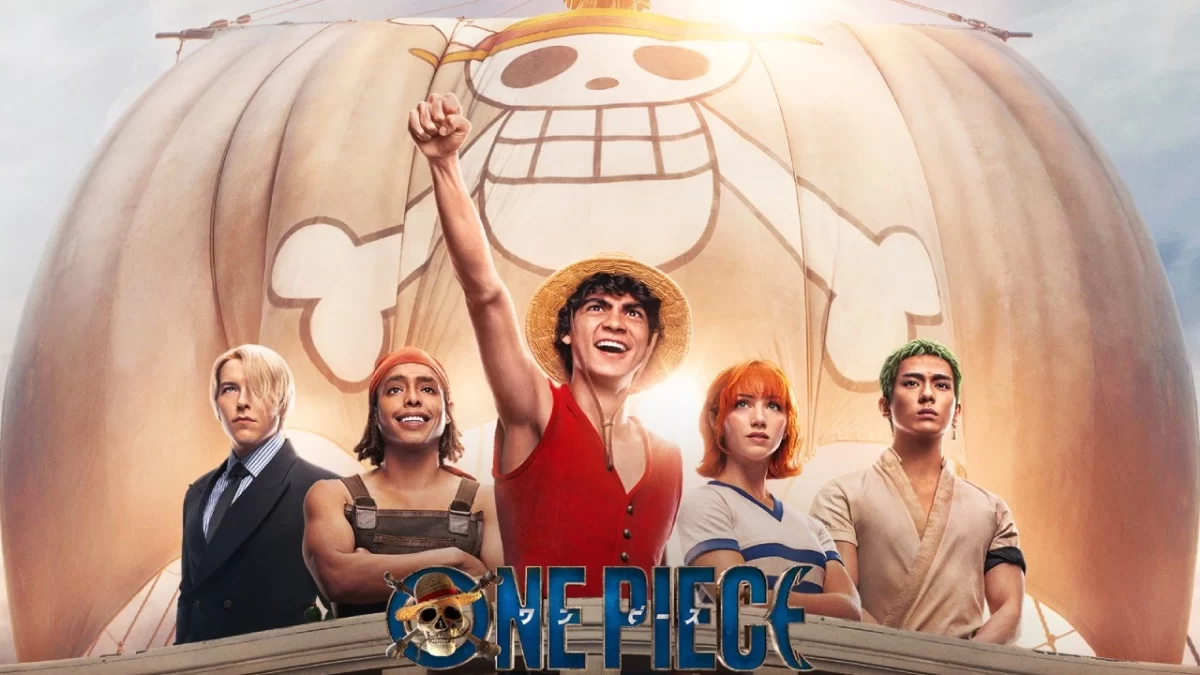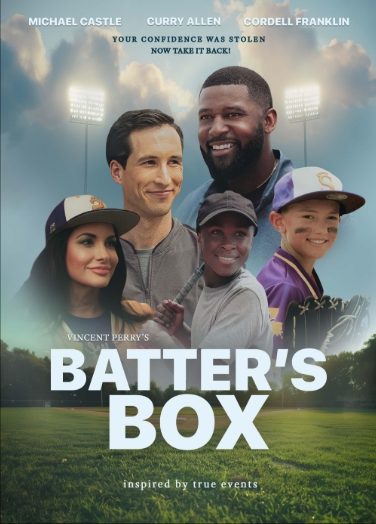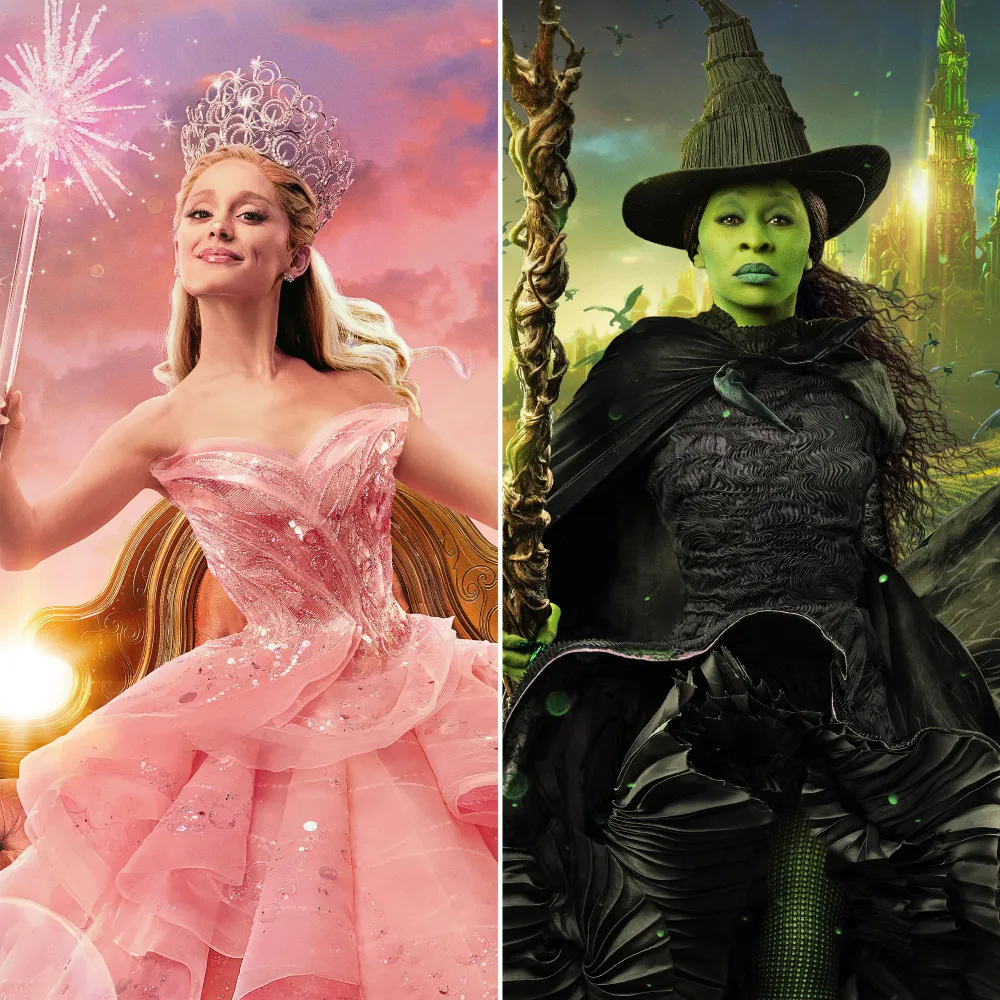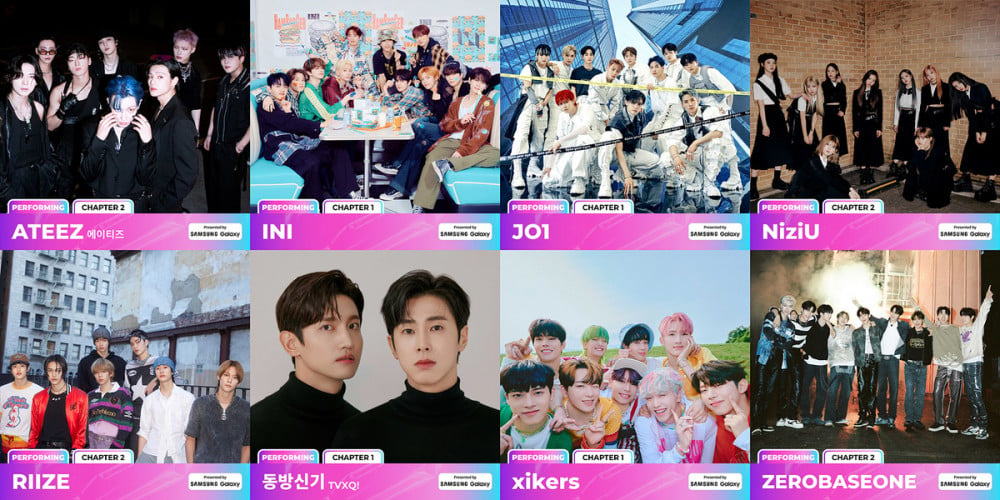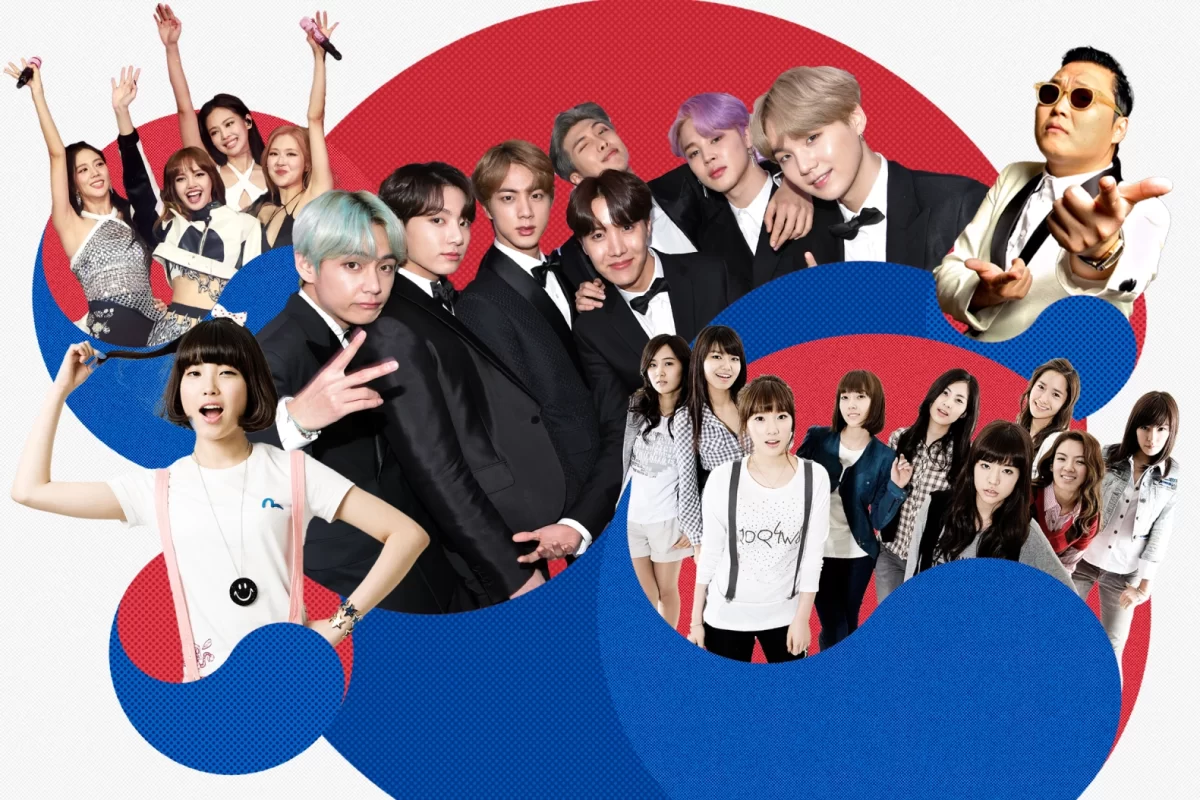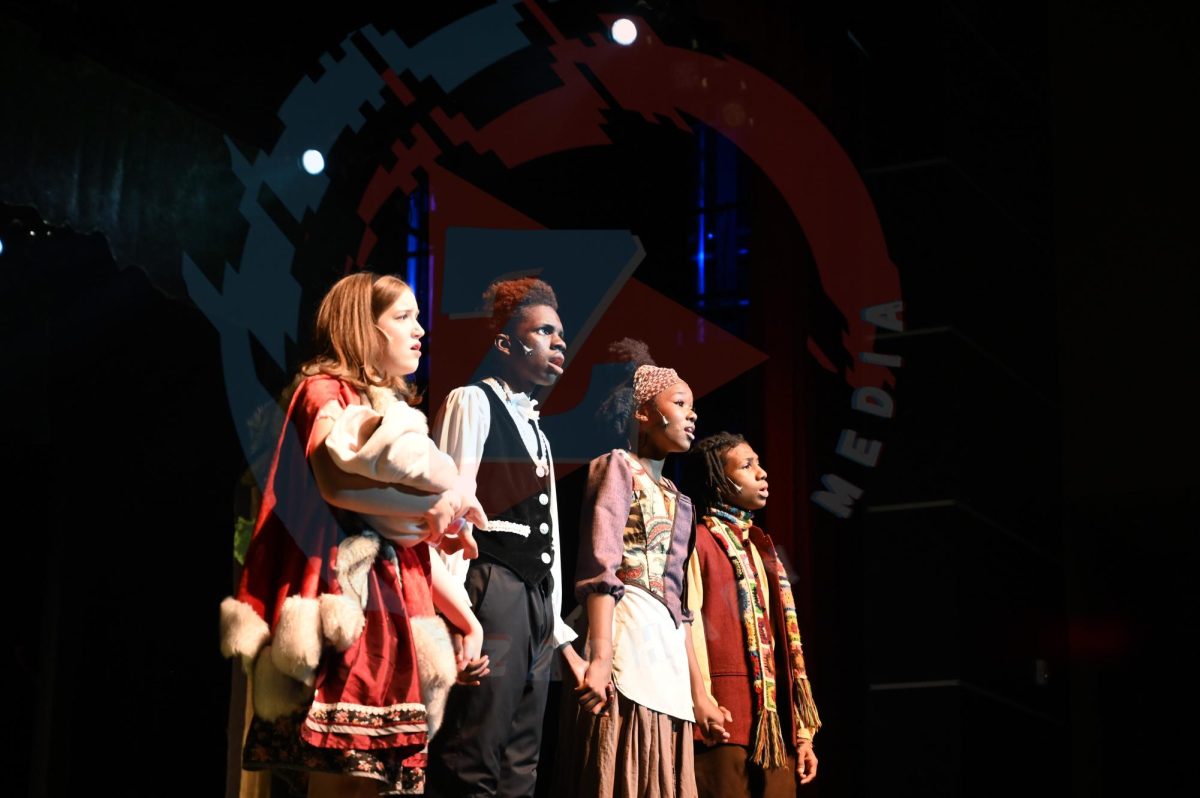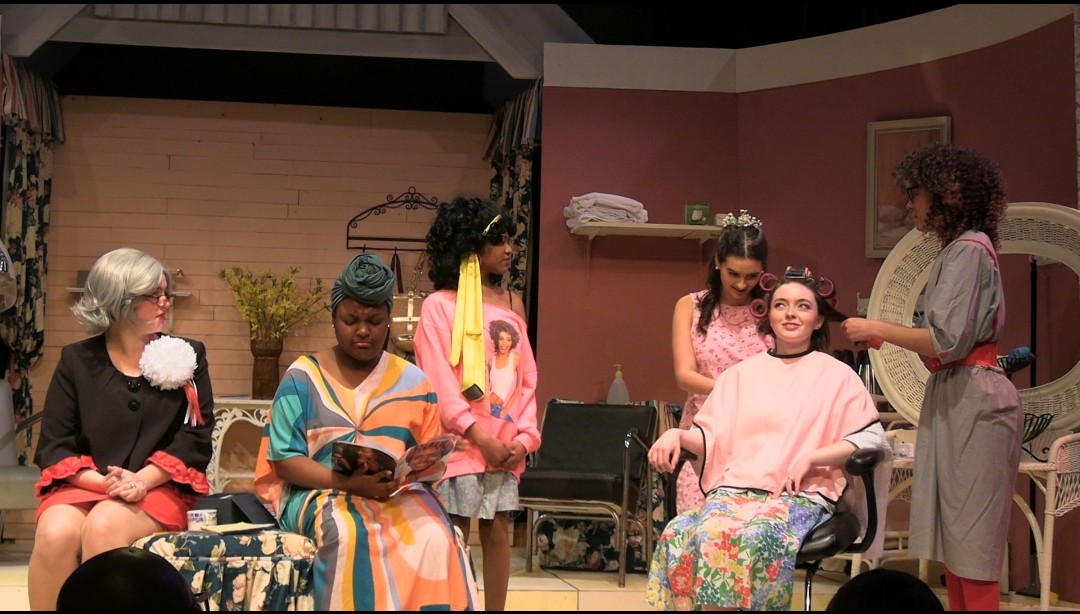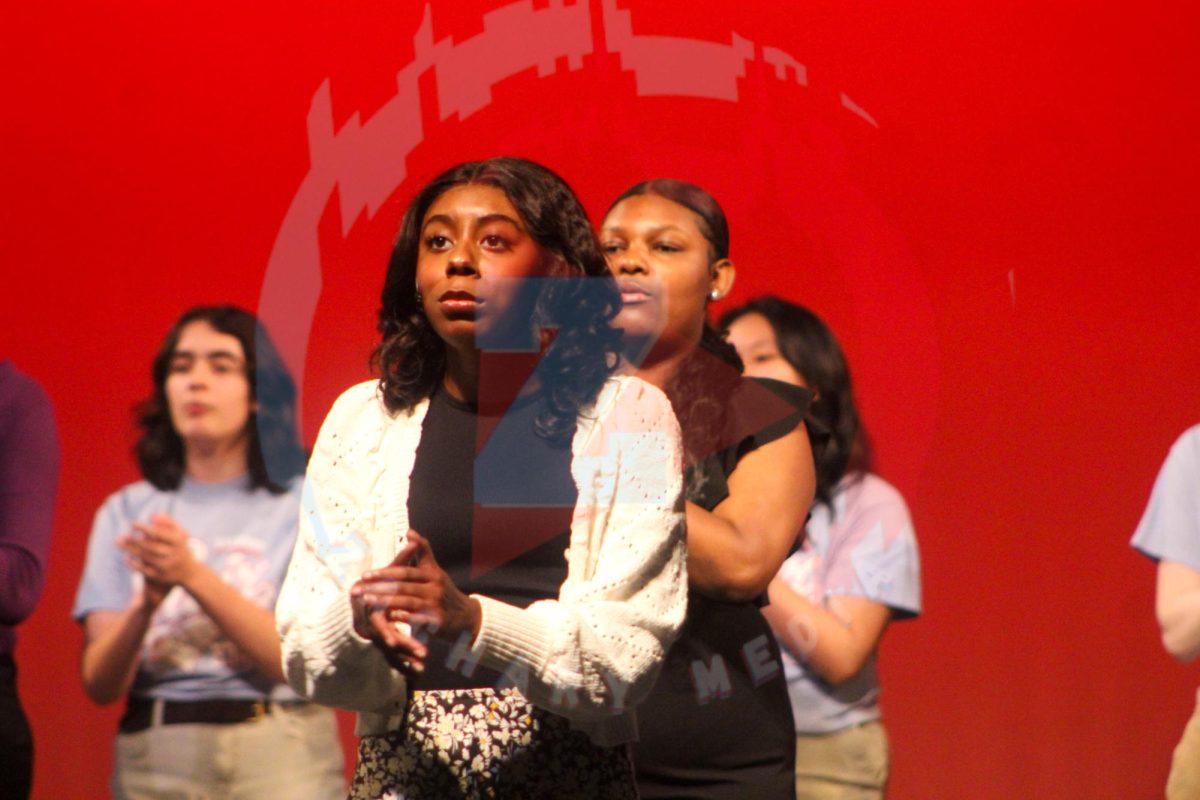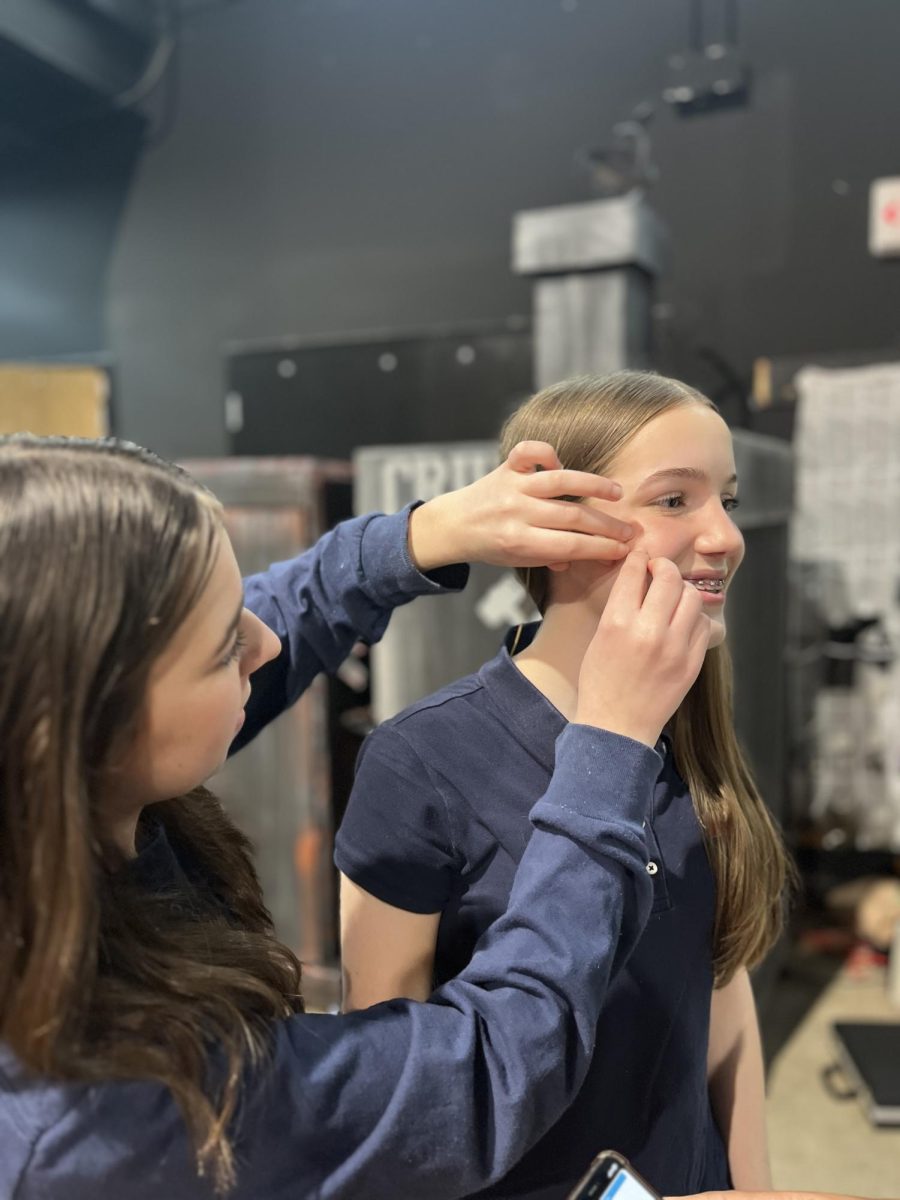Political parties began to take shape in the mid-to-late 1700s with the Federalist Party and the Democratic-Republican Party. The two groups differed fundamentally in their ideas about how much power the central government should have. The Federalists were typically well-educated, upper-class merchants who believed that a strong central government was necessary to keep order. At the same time, the Democratic-Republicans were mostly uneducated, lower-class farmers who wanted to limit the central government’s power. While these two groups had differing opinions on how much power the government should have, they were similar in many other ways. Both groups shared the experience of the American Revolution and wanted the country to grow, whether economic or agricultural. The people in these parties viewed themselves as Americans first and Federalists/Democratic-Republicans second. Their political ideologies didn’t define them – a concept foreign to Americans today.
In 2024, political parties play a major role in our society. If someone is from the South, it’s assumed that they are a Republican. If someone is from the North, it’s assumed that they are a Democrat. If someone practices Christianity, they’re automatically a Republican. If someone has green hair, they’re automatically a Democrat. Republicans love guns and hate all women. Democrats can’t get enough of abortions and despise airplanes. It’s ridiculous! The truth is no one identifies completely with either side of the spectrum, but our government is so polarized that it makes it hard to see the similarities that we all share.
According to the Pew Research Center, most Americans lean Democrat or Republican without fully siding with either party. This means most people agree with some or most of the values of one party but still have some opinions that don’t align with that party. The net percent of people who lean toward a side is greater than the percent of people who align fully with the Republican or Democratic parties. Most people are in the middle of the spectrum.
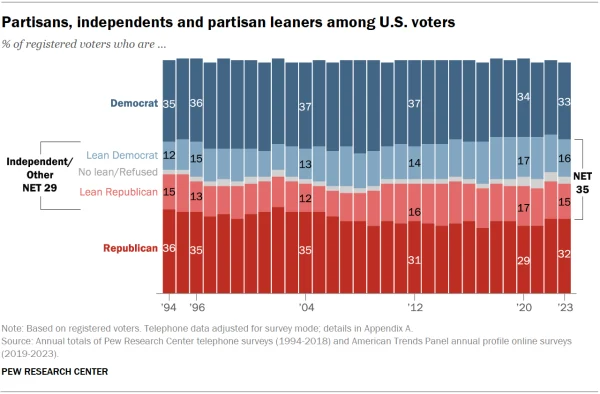
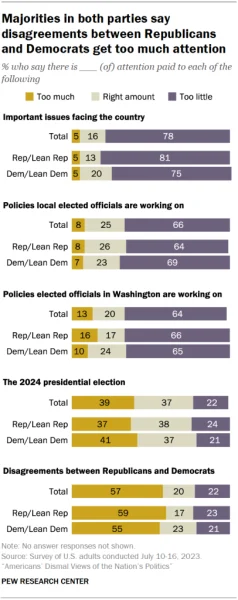
The idea that most Americans, regardless of political party affiliation, share similar ideas about policies in the country continues to be reinforced by the Pew Research Center. In a survey where Republicans and Democrats were interviewed, an overwhelming majority of people in both parties agreed that the government doesn’t pay enough attention to “Important issues facing the country” and instead diverts too much attention to “Disagreements between Democrats and Republicans.”
If many Democrats and Republicans agree on the same issues, why is there such a big gap between the two parties? Why do stereotypes exist about who’s a Democrat and who’s a Republican? Why is there so much hatred between the two groups? It’s because politicians play with the emotions and fears of their constituents to get reelected.
If an extreme Republican is running against a moderate Democrat for a seat in Congress, he may exacerbate the differences between himself and the Democratic candidate to convince people who lean Republican to vote for him out of fear. For example, if the key difference between the two candidates is that the Republican supports gun freedoms, while the Democrat wants to screen people before they purchase a gun, the Republican candidate may claim that his opponent wants to “take away all guns.” This scares people who lean Republican into voting for an extreme Republican because they don’t want to risk voting for a moderate Democrat who may restrict their Second Amendment freedoms.
Donald Trump did a similar thing when he claimed Haitian immigrants in Cleveland, Ohio, were “eating cats and dogs.” Trump hoped that by making this claim, he could scare people who are already against Democratic immigration policies to vote for him instead of his opponent, Kamala Harris.
Time and time again, politicians play with voters’ emotions to get elected, creating a ruling body that is polarized and extreme. I believe that in order to create a government that is truthfully representative of the ideologies of the American people, a new political party should be created—one that encompasses the views of the 35% of Americans who lean somewhere in the middle. The party could account for Americans who identify as independent and those who lean Democrat or Republican.
Change is needed in Washington. The United States boasts a system where its citizens are represented in Congress, but this is far from the truth. If the United States wants to accurately represent its citizens’ viewpoints, then a new political party should be formed.
Remember to stay truthful to your beliefs if you are voting in the upcoming election. Don’t let politicians scare you into voting a particular way. Stay informed about the real stances of each candidate and vote for the candidate who best represents your viewpoints.

